|
Today's guest blog is from Matt Brown, Roseate Tern LIFE Project Officer and the preparations being made for the terns in the Solent. The south coast of England, and in particular, the Solent, offers a diverse range of habitats that have historically supported large tern colonies. The roseate tern is a cited species on the Solent and Southampton Water SPA designation. The citation states two pairs, at the time representing 3.1% of the GB breeding population (5-year peak mean, 1993-1997). One or two pairs nested each year between 2002-2006 in the Western Solent and last year an individual was seen on footage from a trail camera deployed on Lymington saltmarsh. The Western Solent is particularly susceptible to nesting habitat loss through the processes of wave action and sea-level rise. Human disturbance and predation have also been identified as contributing factors in the reduction of tern colonies in the SPA. With all this considered, the Roseate Tern Project team has been busy delivering concrete conservation actions in the Western Solent and three habitat creation projects have been completed as part of an effort to improve the breeding status of tern species in Lymington-Keyhaven area - the success of more widespread tern species is a prerequisite to recolonisation by the rarer roseate tern. In late March, a local marine contractor facilitated shingle recharge on a small section of saltmarsh close to Lymington river mouth. A shallow draft barge and deck crane was used to lift 88 tonnes of shingle on to the marsh and this material was then distributed by hand to form a nesting bund (see picture). This was done with the intention of increasing the profile of pre-existing chenier beaches, which is the primary nesting habitat for terns in the Western Solent. Sea-level rise has reduced the amount of available nesting space and cheniers are frequently flooded at high tide. It is hoped that the recharge will lower the risk of nest flooding as a large proportion of the bund lies above high water. We will be using a drone to capture high-resolution images of the bund. The RSPB’s Data Management Unit will then process these images in GIS and produce maps showing changes to the structure of the bund and any movement of shingle associated with wave action and tides. Following the completion of the recharge contract, three nesting platforms were built of top of a breakwater in Lymington River. These platforms may favour tern site selection as they remain above high water and are not connected to the mainland, so the threat from mammalian predators (e.g. fox and mink) is small. Public access to the breakwaters is prohibited and the breakwater is located outside of the main river channel, so there is little threat from human disturbance. The nesting platforms are 3 x 2m in size and were constructed using hessian sandbags filled with concrete. Two of the nesting platforms contain pea shingle and the other contains pumice - it will be interesting to see which, if any of the substrates, is preferentially used for nesting. As with any newly-created habitat, decoys and chick shelters have been deployed to encourage prospecting terns to nest and provide protection from avian predators. UPDATE: Fantastic news with two common terns observed briefly landing on the newly created platforms in the courtship stages of aerial displays and parading around with a good sized fish! Hopefully they will take a liking to the breakwater platforms and return to nest. We’ll keep you posted! The final habitat creation project was completed last week with the help of Hampshire Countryside Service and volunteers from Natural England. Six tern rafts were deployed on Lymington-Keyhaven Nature Reserve and Efford lake, which is a former gravel extraction pit. Two rafts were deployed on a saline lagoon close to Lymington seawall – this is a well-know fishing spot for little terns. The rafts were assembled on shore before being floated through a small gap in the reed bed. To prevent drifting, two anchors were attached to the rafts and sunk to the bottom of the lagoon. The rafts have been joined together, with pea shingle and pumice being used as nesting substrate. The remaining four rafts were deployed on Efford Lake the following day. Although there was some initial interest from a common tern on one raft, this individual has since left and a black-headed gull has taken its place. Deployment time is an important consideration for any site using tern rafts as there are many other seabirds, like gulls, prospecting for suitable nesting sites. Terns return later from their overwintering grounds and sometimes loose out other species that go down on nests earlier in the season. For these reasons, many site managers wait until other non-target species have laid their first clutch before deploying the tern rafts. The project team will be monitoring tern colonies throughout the breeding season to determine what effect the newly-created habitat has on the breeding status of terns in the Western Solent. We will also be undertaking a provisioning study to gather baseline data on food supply and trialling the use of an aerolaser, which has potential to be used as a method for deterring the settlement and subsequent nesting of large gull species.
Photo credits: Matt Brown
0 Comments
On the 1st of May, the Fat Mermaid restaurant, in Amble was transformed into a French piano bar to help support the local island of Coquet and it's precious inhabitants! The lovely puffin and tern bunting decorating the windows were made by Amble First School Pupils. The ambiance was great, with live French music performed by music teacher Isabelle Morrison and William Stephenson on the trumpet. Thanks goes to St Mark’s URC Church who loaned its piano. Throughout the evening, everyone had the chance to try out the unique 360' Coquet Island virtual reality experience which can transport you directly to the island and become part of its' puffin colony, some 12,500 pairs! A variety of snacks was included in the price of the ticket (£12) and the specially brewed Roseate Tern IPA and Puffin Best Bitter, designed by 'From the Notebook' was on sale at cost price. A donation from every bottle sold goes to the RSPB. In addition all profits from the Fat Mermaid were donated to Coquet. It was a fantastic turn out with a full-house raising just over £500 from the tickets and £47 from the pins! As a result of this spectacular evening, this fundraiser will support the hardworking efforts of the RSPB (staff and volunteers) to safeguard the sole UK colony of roseate terns and the now globally endangered puffins. A huge thank you to everyone who made this event such a success! All Photo credits: Paul Morrison
|
More Blogs to Read
AuthorThis blog is maintained by various people from the project team. Archives
August 2020
Categories
All
|
Roseate Tern LIFE Project is supported by the LIFE Programme of the European Union
LIFE14 NAT/UK/000394 ROSEATE TERN
LIFE14 NAT/UK/000394 ROSEATE TERN




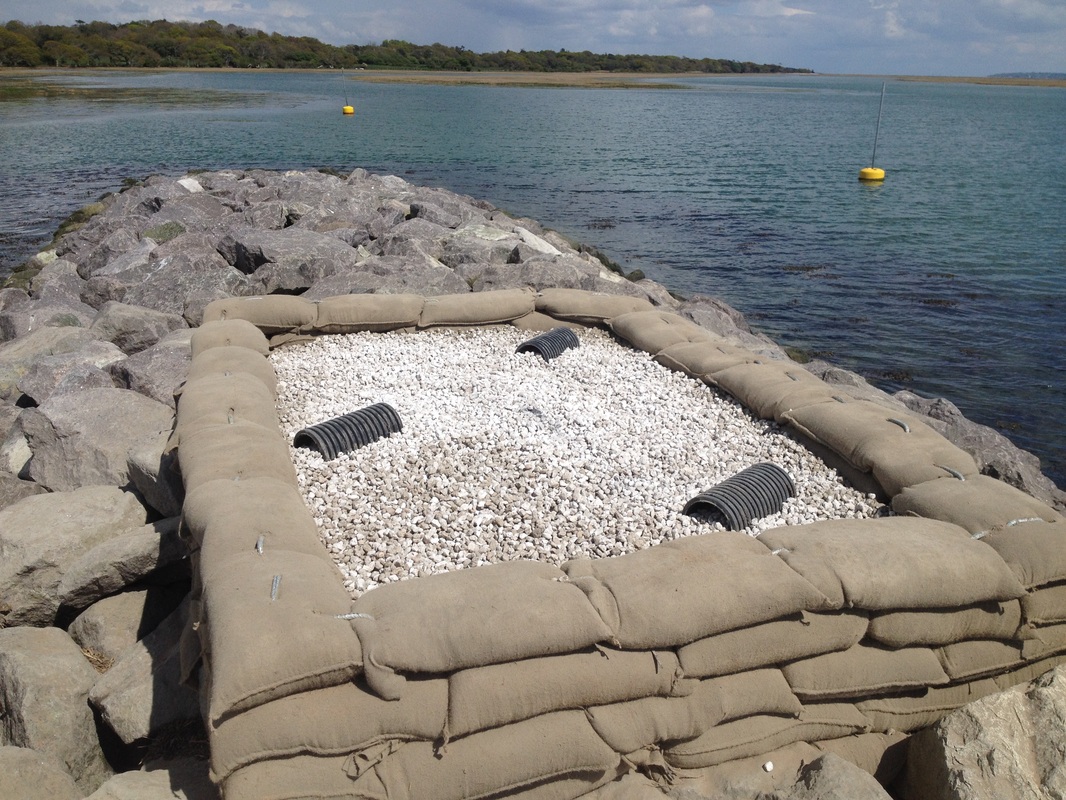
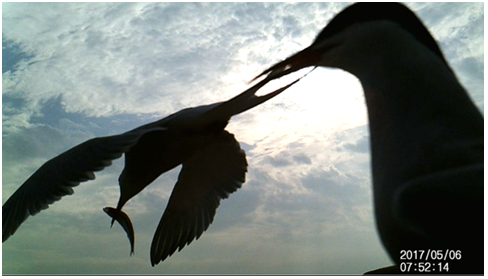


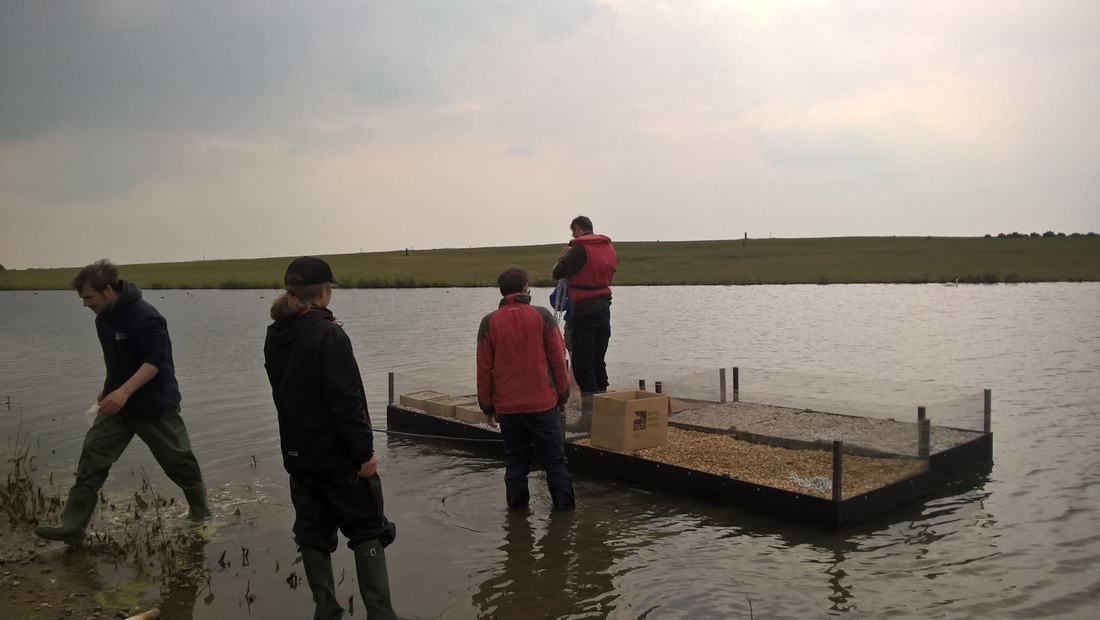


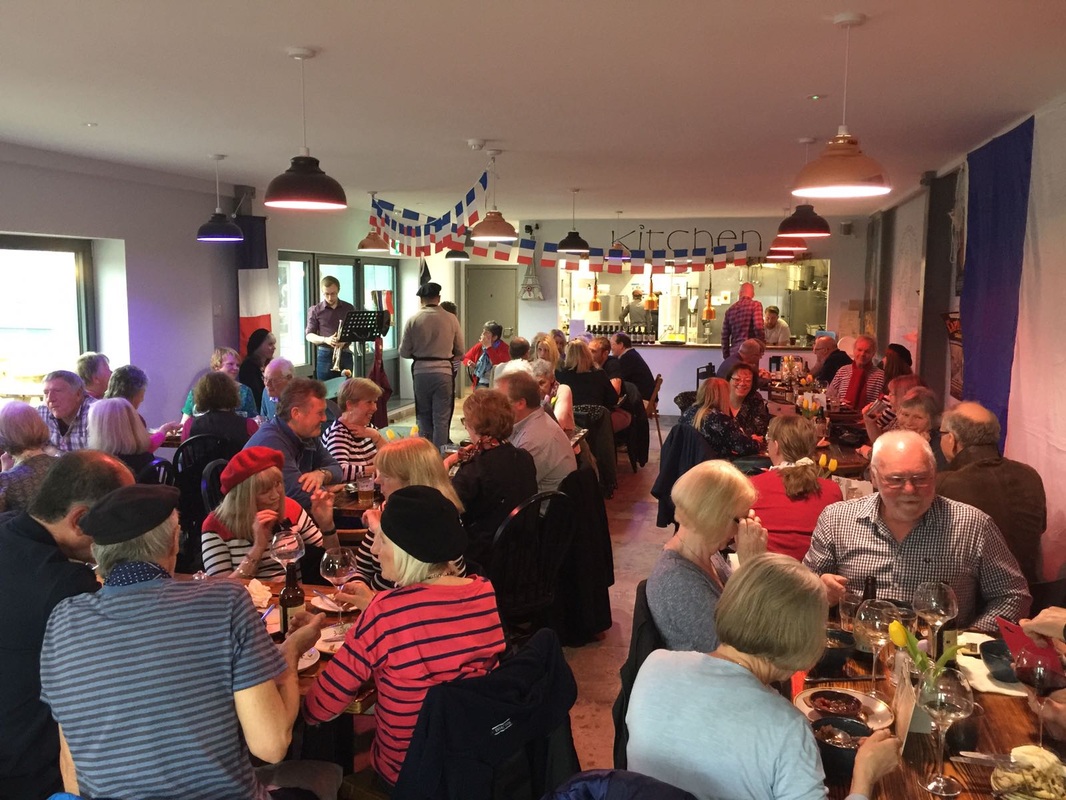
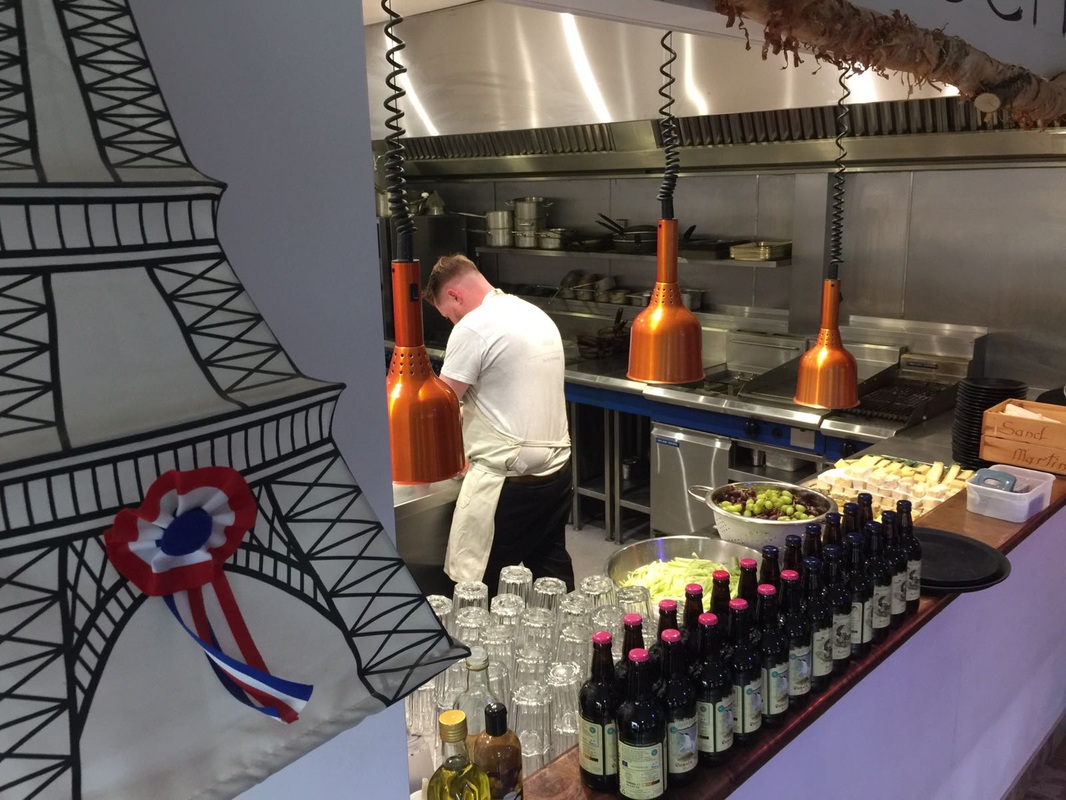
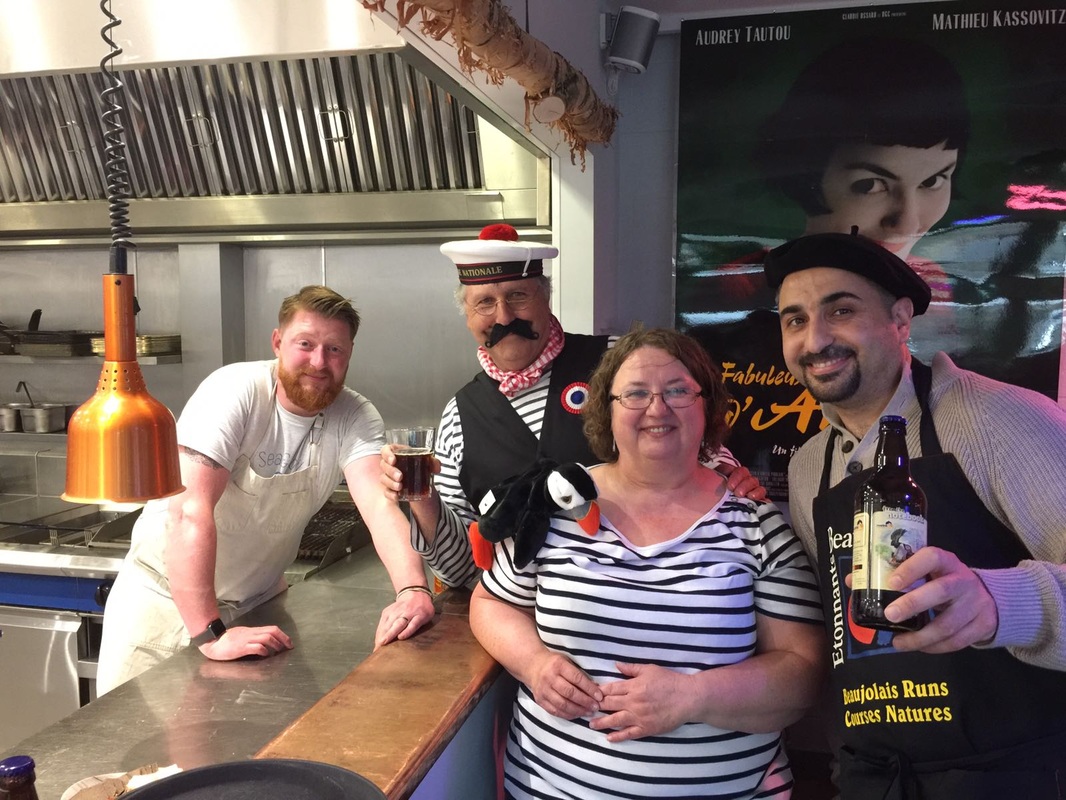


 RSS Feed
RSS Feed